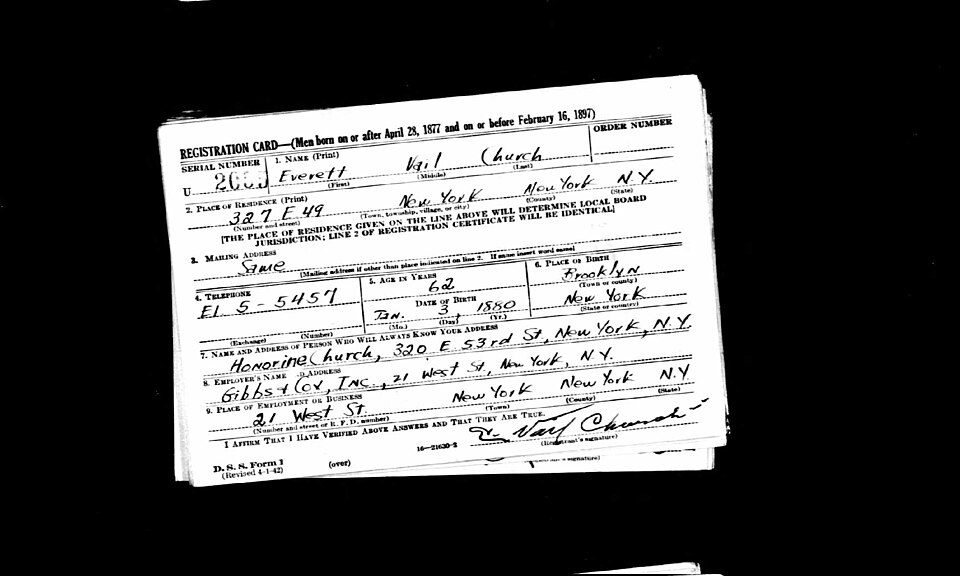Recent Middle East conflicts have increased searches about World War III and U.S. draft rules, Google data shows. Searches for “WWIII” and “US draft age limit” surged after these major international incidents, according to reports. This shows growing concern about how tensions might affect military service requirements, with many Americans wondering who would be drafted if the selective service system were reactivated. Although the US operates without a draft, federal law maintains rules for reactivating the system during emergencies.
Would America Support Conscription for WW3?
This aligns with recent Atlantic Council survey data. Their study found that 65% and 69% of people said major conflicts between big countries could happen within ten years. The United States ended military conscription in January 1973 following the Vietnam War.

Three generations of Americans have grown up without experiencing mandatory military service, making the draft process largely foreign to most citizens. Even so, the government keeps detailed procedures ready for reactivating conscription during national emergencies.
America’s Draft Pool Contains 16.4 Million Men
Understanding how this works begins with knowing who gets called first. A draft would start with men age 20. It would then expand to other age groups based on military needs. The Selective Service System maintains records for about 16.4 million men ages 18-25 nationwide. This compares to approximately 1.3 million active-duty personnel currently serving across all branches.
Who Would Be Drafted if America Faces WW3?
Requirements apply equally to citizens and non-citizens. The system covers permanent residents, undocumented immigrants, refugees, and asylum seekers. The database includes people with disabilities and transgender persons assigned male at birth. Eligibility stays the same regardless of personal beliefs about military service, political views, or conscientious objector status. While current law requires only men to register, military officials have indicated the Selective Service stands prepared to expand registration should legislation ever change to include women. This data serves as the first step of the multi-stage selection and evaluation process.
Registration Requirements and Penalties
Registration is straightforward. The Selective Service operates an online website that would serve as the primary portal for WW3 conscription. It also maintains forms at about 35,000 U.S. Post Offices nationwide. The law requires sign-up within 30 days of a person’s 18th birthday. Nearly all eligible people comply with this requirement. However, failure to register breaks federal statute and carries serious penalties. Not registering can result in felony charges with maximum penalties totaling $250,000 in fines and five years in prison. As legal experts note, such a felony conviction carries additional consequences. These include the loss of voting rights and firearm ownership privileges. Beyond criminal consequences, other sanctions involve losing eligibility for federal student financial aid and government jobs. Additionally, in 31 states, non-registrants also lose eligibility for state student assistance programs. These requirements create the administrative foundation for potential draft activation during national emergencies that Congress declares.
The Path to Draft Activation
If a national emergency such as WW3 required activating this system for conscription, the process would follow specific steps. Starting a draft requires approval from both Congress and the President. They must amend the Military Selective Service Act to allow it. Once they provide this authorization, the Selective Service System has 193 days to switch from keeping records to conducting active conscription.
